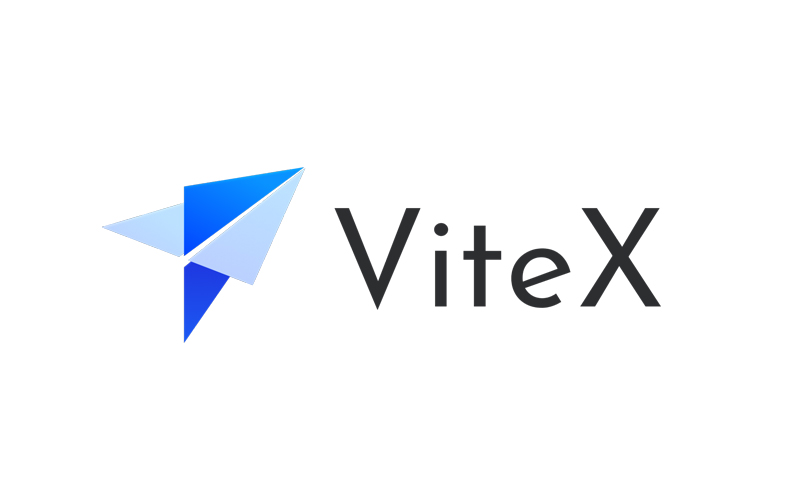ViteX is a decentralized exchange that is developed on the Vite public chain. The ViteX team developed the platform with no third-party involvement. Traders of all levels can participate in the VX mining, and those who hold VX can receive dividends. The current supply of VX is limited to 29,328,807.8. The coin will be released gradually in 8 years, where 60% of it will go to the traders, 30% to VITE stakers, and 10% to the Vite labs. To detail all the pros and cons of the service, we will review it in our article and list all the essential characteristics.
ViteX overview
ViteX has the following features:
- Wallets available on the web, iOS, and Android
- Decentralized platform
- No gas fees
- Single click token issuance
- DAG-based smart contract platform
- Vite Plus solution for government and enterprises
The major tokens supported on the platform are Ankr Network, Arweave Coin Banano Coin, Hathor Coin, KardiaChain, Token, OKB, Robonomics, SparkPoint, 4DTellor, Tether, Beam Coin, Binance USD, Bitcoin Ergo Coin, Ethereum Ferrum Network, and 6 Cli Harmony Coin. As the exchange is decentralized, traders from all corners of the globe can participate in trading.
Traders can get VX by using trading, staking, market making, referring, and listing as mining. VX dividends are available after staking a minimum of 10 VX in the exchange account. It is important to remember that holding the respective amount in your wallet or exchange account does not make an investor eligible for dividends.
How does ViteX work?
ViteX allows for all the following:
- Trading and staking as mining
- Earn dividends after staking your VX
- A decrease in the daily release of VX after March 6, 2020, to balance the supply and demand
- Referring and listing as mining
- Listing tokens and becoming an operator
What can you buy on ViteX?
Traders can purchase VX to receive dividends. A range of cryptocurrency pairs is available to trade after login into the platform. They include BTC, ETH, VITE, and USDT as their corresponding pairs. Examples are ONE/BTC, OKB/BTC, EOS/BTC, VX/STH, BAN/ETH, BTC/USDT, and NANO/USDT.
Is ViteX safe?
ViteX uses smart contracts visible to other traders to ensure transparency. Private keys secure the user assets. However, as the exchange is decentralized, it is prone to hackers. There is no regulatory authority looking over the platform.
ViteX fees, compatible wallets, and transactions
ViteX uses a quota system to compensate for no gas fee. Traders with a low frequency of trading will have to solve a simple PoW Puzzle using their hardware to be eligible for free exchange.
While this is suitable for low-frequency trading, investors with high volume will require to stake VITE to get a quota. The trading fees will still have to be paid in ETH, BTC, and USDT.
The decentralized exchange has wallets available on Android, iOS, and the web.
A base trading fee of 0.2% is to be paid by traders who trade with the Vite X platform. The operators running their own zone can charge an additional 0.2%. By investing 10000 VITEs or more the base fee can be lowered to about 0.1%.
What are the ways to trade on ViteX?
Traders have the following options available on the ViteX for trading:
- Trading, staking, market making, referring and listing as mining
- Trading multiple cryptocurrency instruments
- Holding ViteX to be eligible for dividends
Customer support
Traders can use the help center or the FAQ portion of the website to get an answer to their inquiries. If anything remains unanswered, they can still use the email available on the website to contact the developers.
